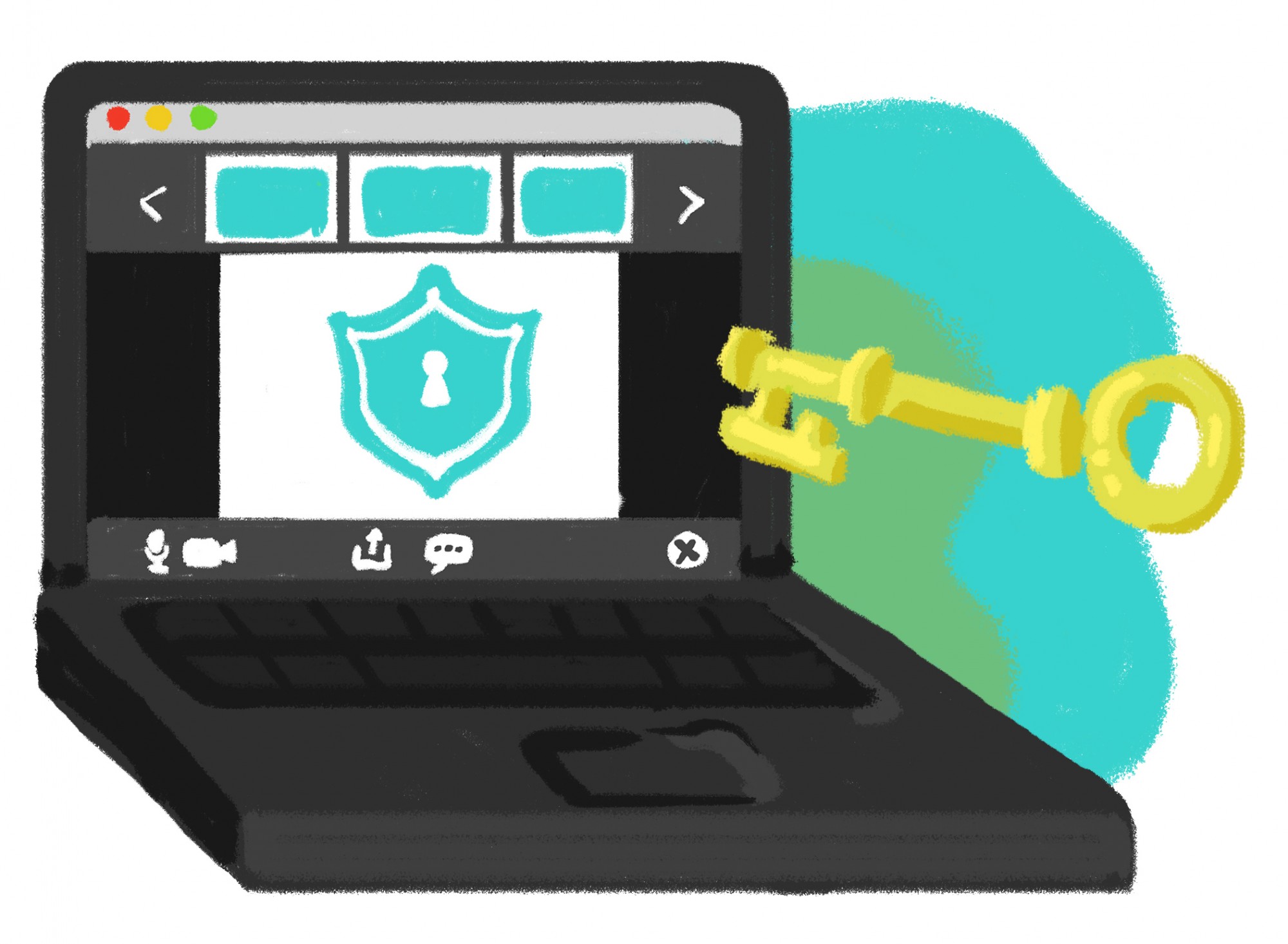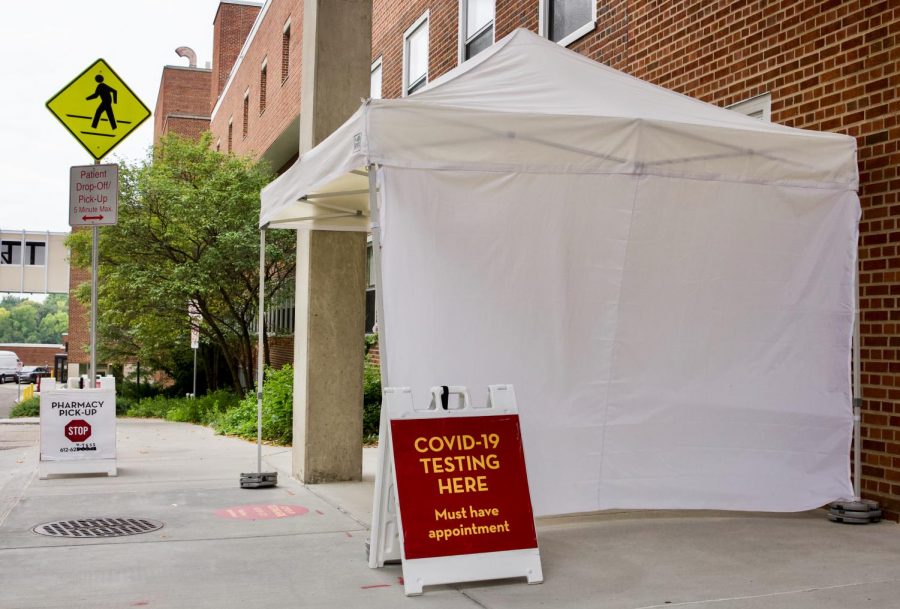The University of Minnesota Board of Regents voted at their June 11 meeting to amend the Student Education Records policy to limit public access to certain student information.
The new amendments, which go into effect Aug. 1, change what directory information is available to those outside of the University, as well as what is accessible through public records requests. Prior to the policy change, all student information, such as addresses, phone numbers, major and academic adviser were all available in the public student directory unless suppressed by the student.
With the amendments, pieces of student information are now classified as either directory information or limited directory information.
Directory information, which is available to the public and subject to public records requests, will now only include enrollment statuses and information, academic programs, advisers, degrees and credentials awarded.
Limited directory information, which will only be available to internal University actors includes addresses, phone numbers and University ID photos. Previously this information was all in the public directory except for University ID photos; University ID photos were not a part of the directory previous to the amendments.
Even with the policy changes, students are still able to suppress the information available in the student directory through OneStop.
Select people within the University, like administrators or those involved in student groups, will still have access to the student information that helps them recruit and get in contact with students, according to the Interim Associate Vice Provost of Academic Support Resources, Stacey Tidball.
“Someone that works for the University that has some sort of official role, maybe they’re part of a student organization, they could still get students’ contact information because presumably they’re more likely to have a need for it,” Tidball said. “I think it’s important for students to know that, but they’ll still be able to make that stuff private.”
Some student groups, such as the Interfraternity Council, were concerned they would no longer have the ability to recruit students under the new policy, as it limits access to student emails prior to the start of an academic term.
However, the University’s Office of Fraternity and Sorority Life arranged to “send out summer mailings to incoming students” on behalf of the Council as part of the policy, according to a statement from Interfraternity Council President Jackson Deal that was read at the meeting.
The Minnesota Student Association originally advocated for a change to this policy in 2018.
“Since the policy was last amended in 2011, student awareness and advocacy about information privacy has increased. As part of this, students have requested specific changes to the policy,” reads docket materials from the meeting.
In addition to the directory changes, the amendment aims to clarify language and solve some administrative problems the University has had in the past, Tidball said.
Previously there was not a clear definition of what constituted a University student. The policy will now define a student as “any person that is currently or has ever registered for and attended any University for-credit class.” According to Tidball, this will help administrators solve records problems they have had in the past.
Tidball said these amendments line up not only with other Big Ten schools, but also with the Minnesota State System, which is also subject to the same public records laws as the University.



























